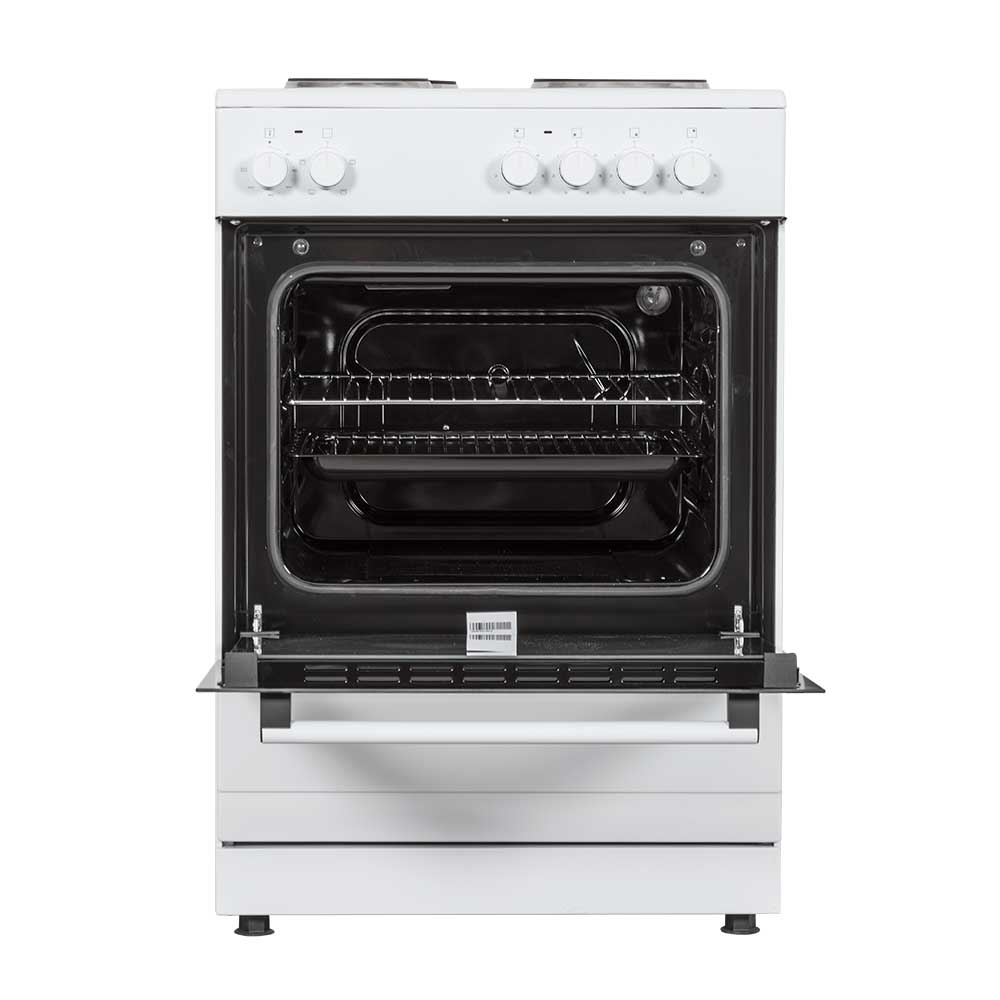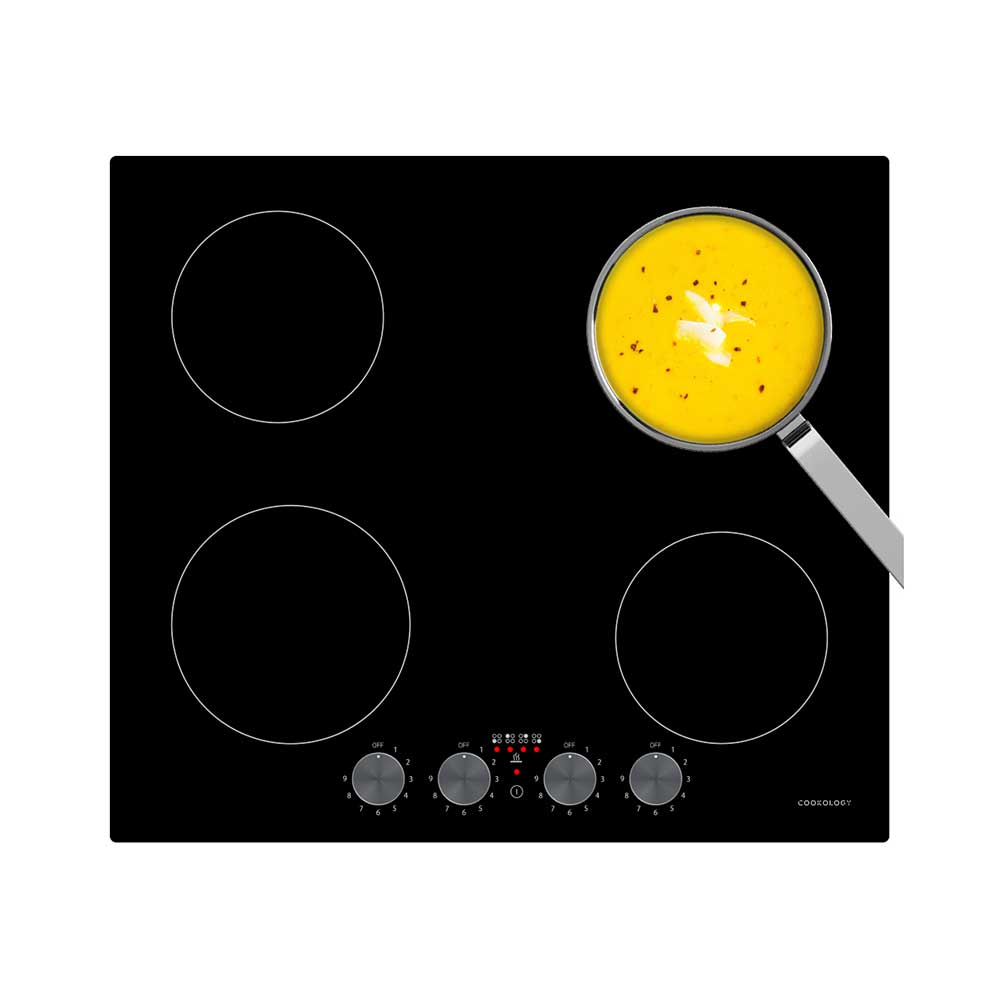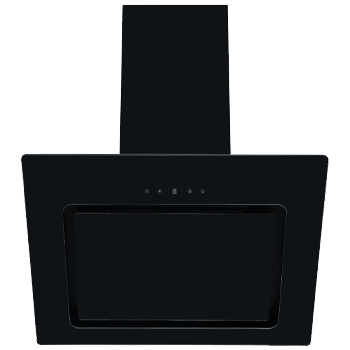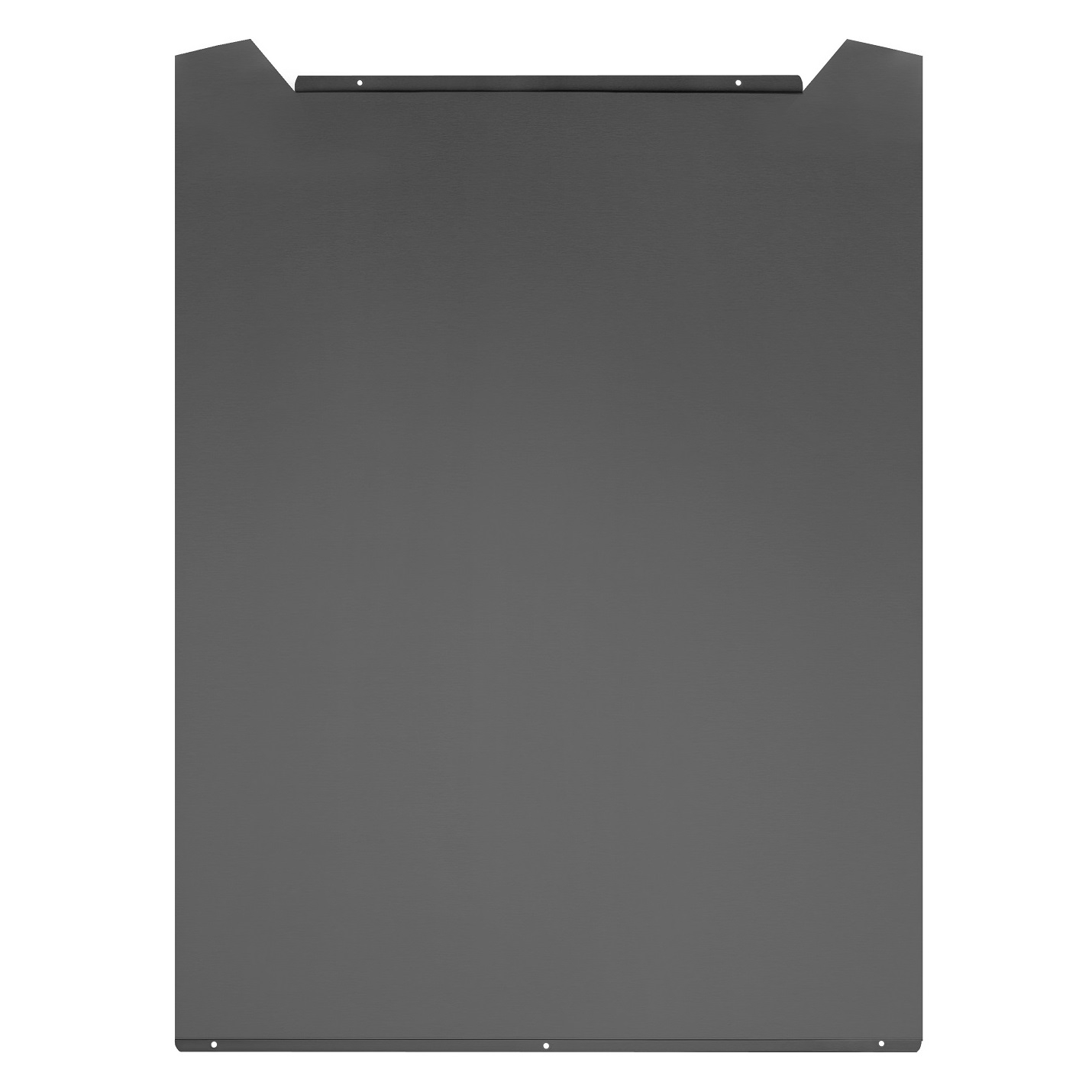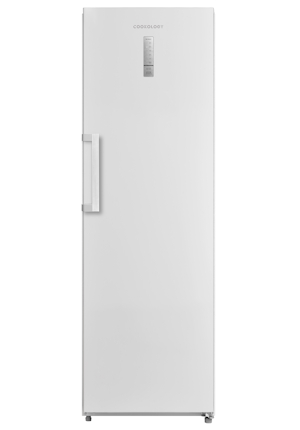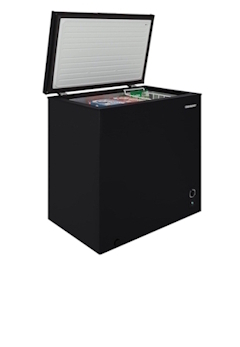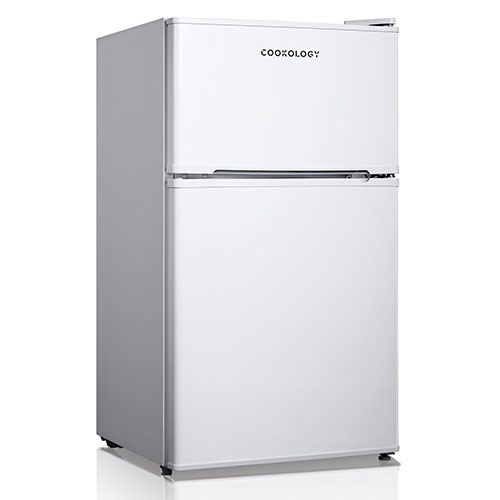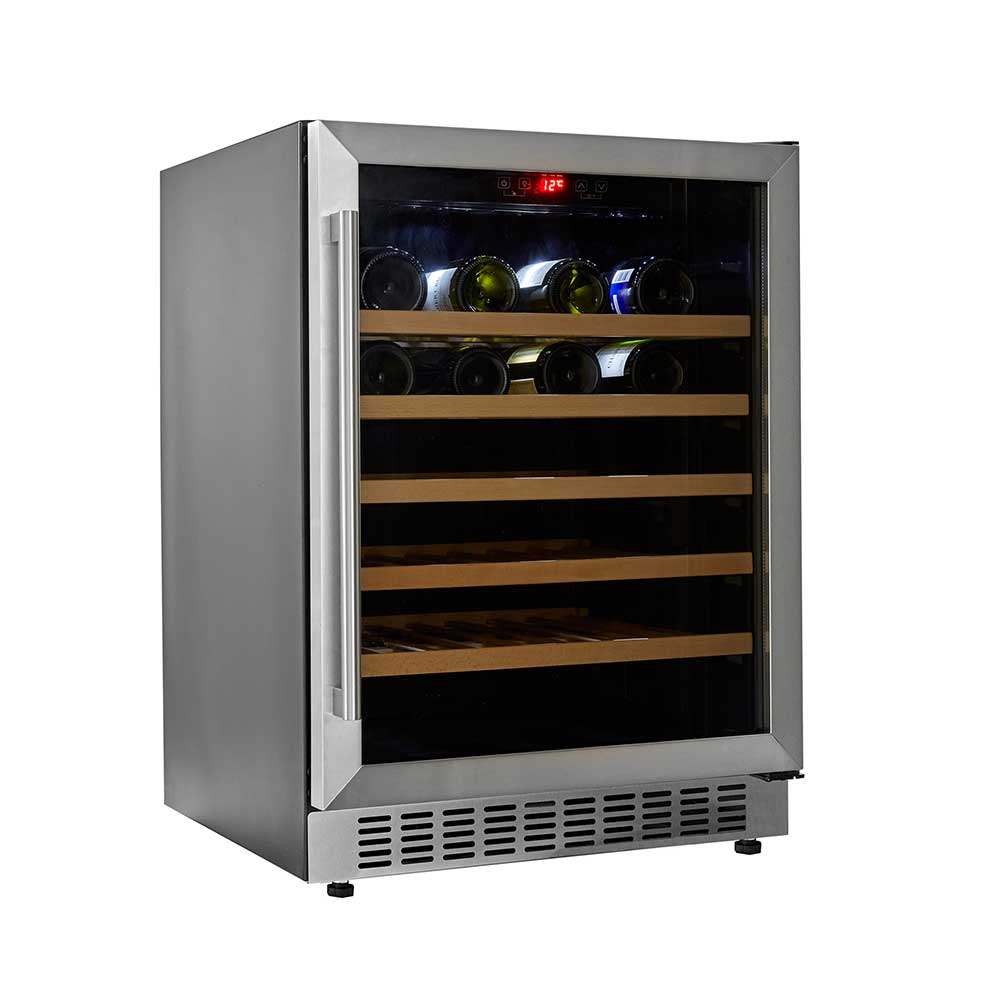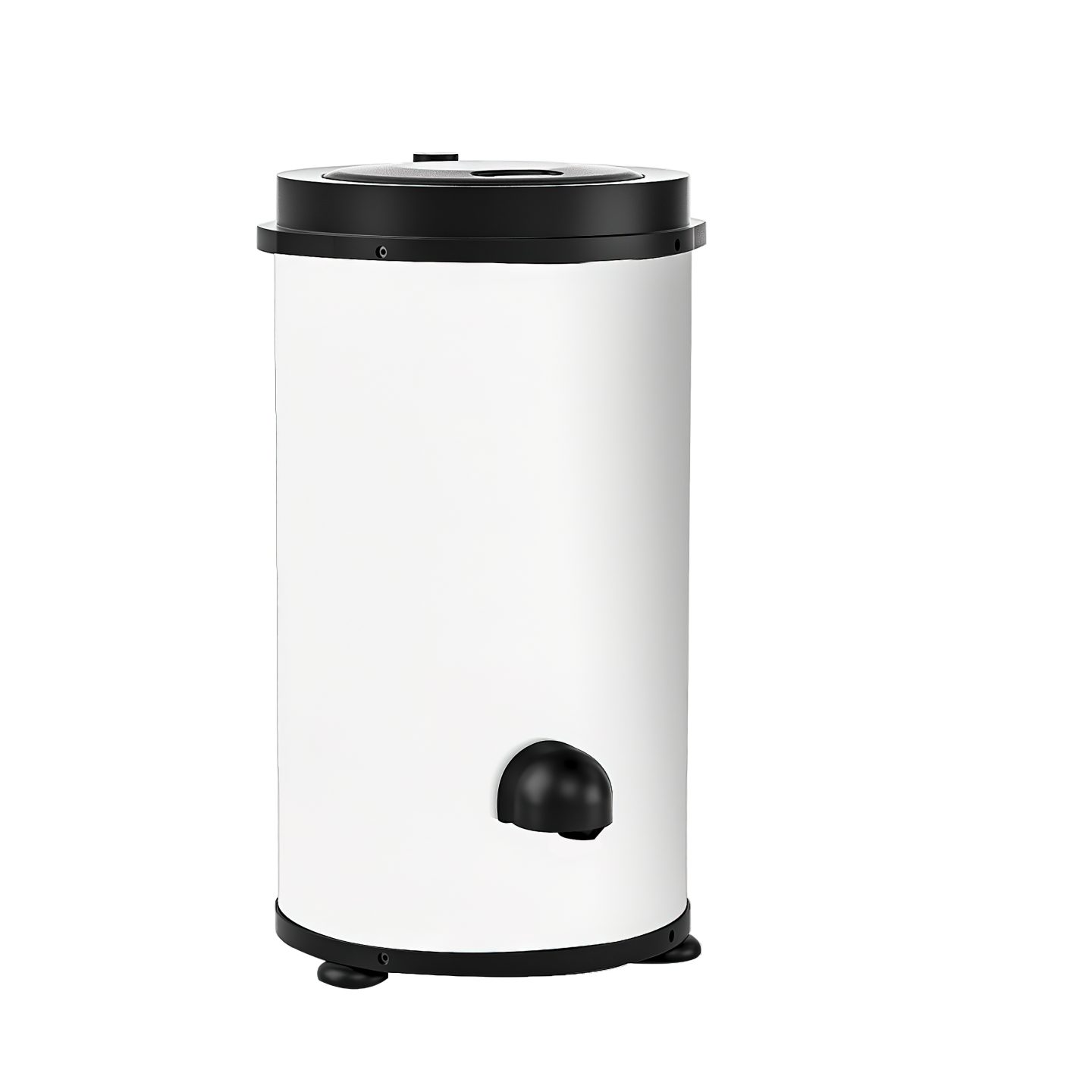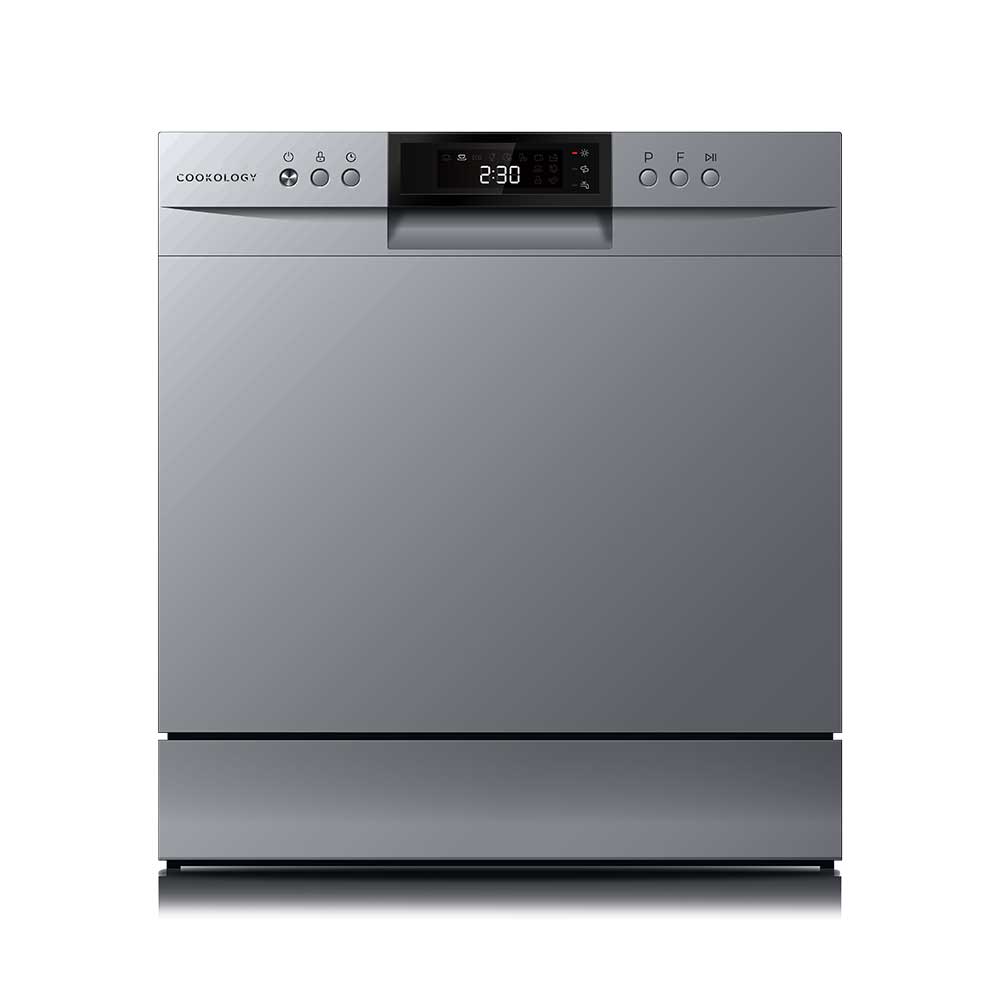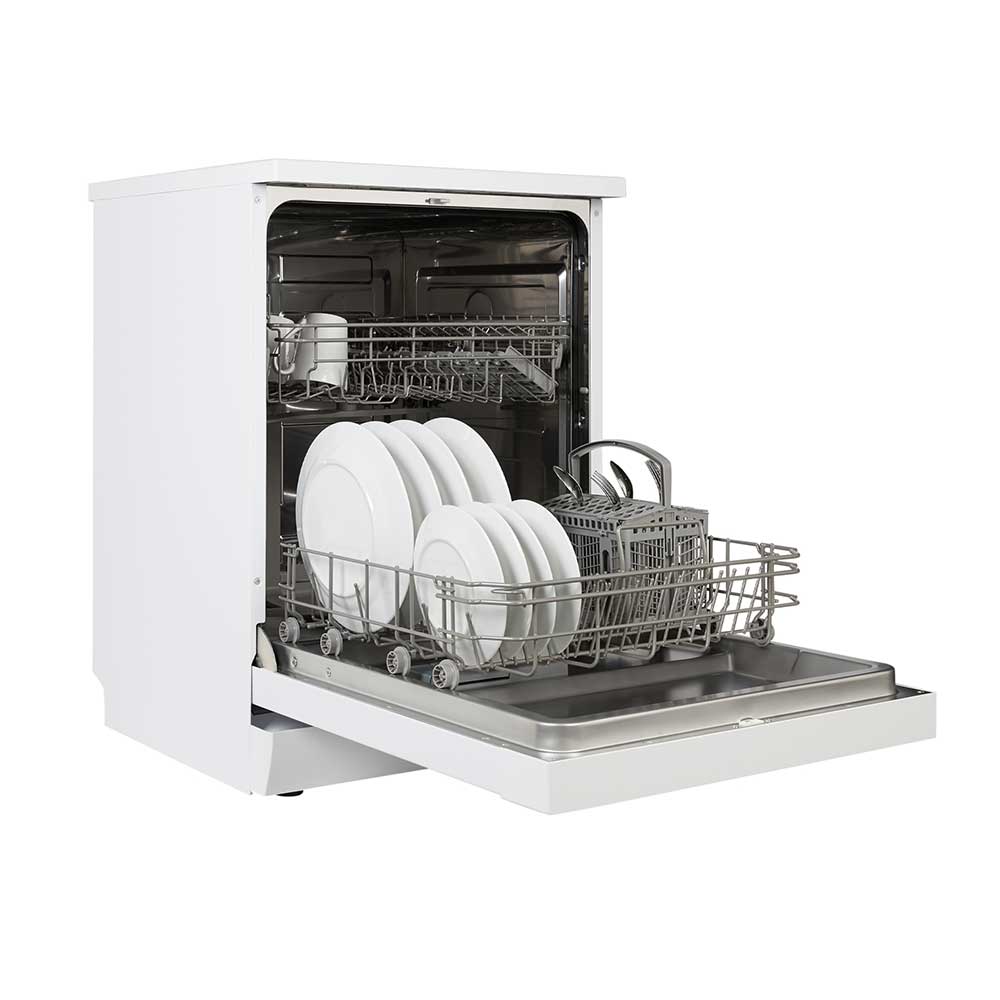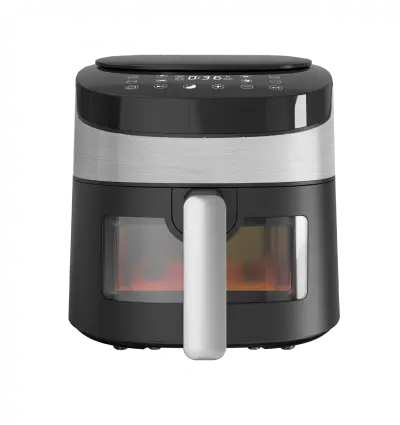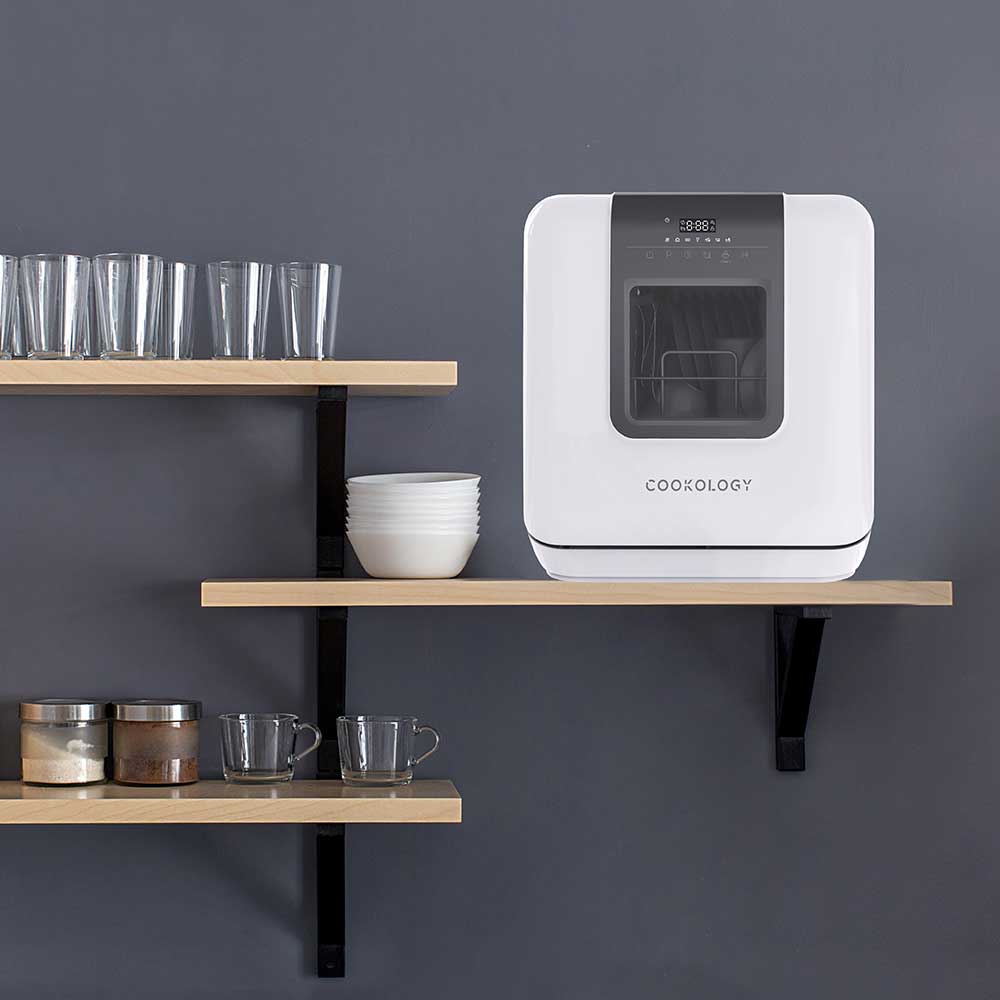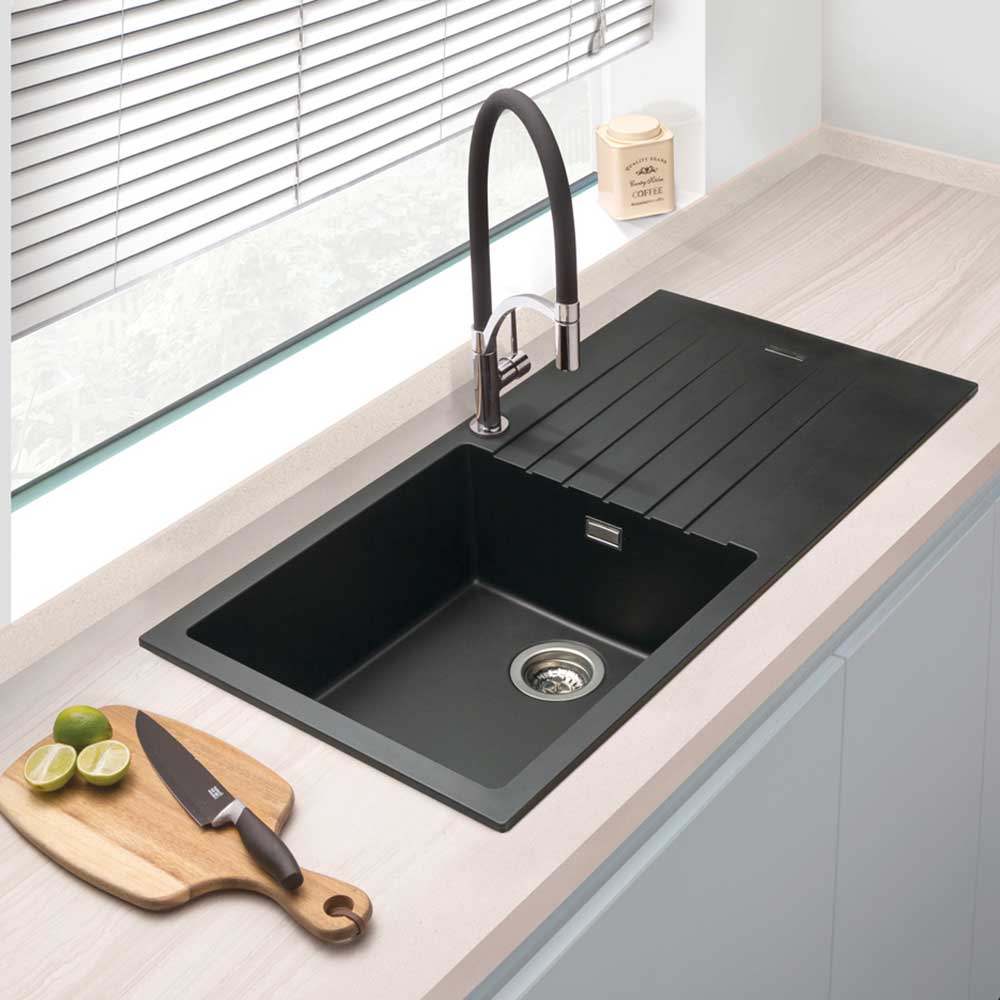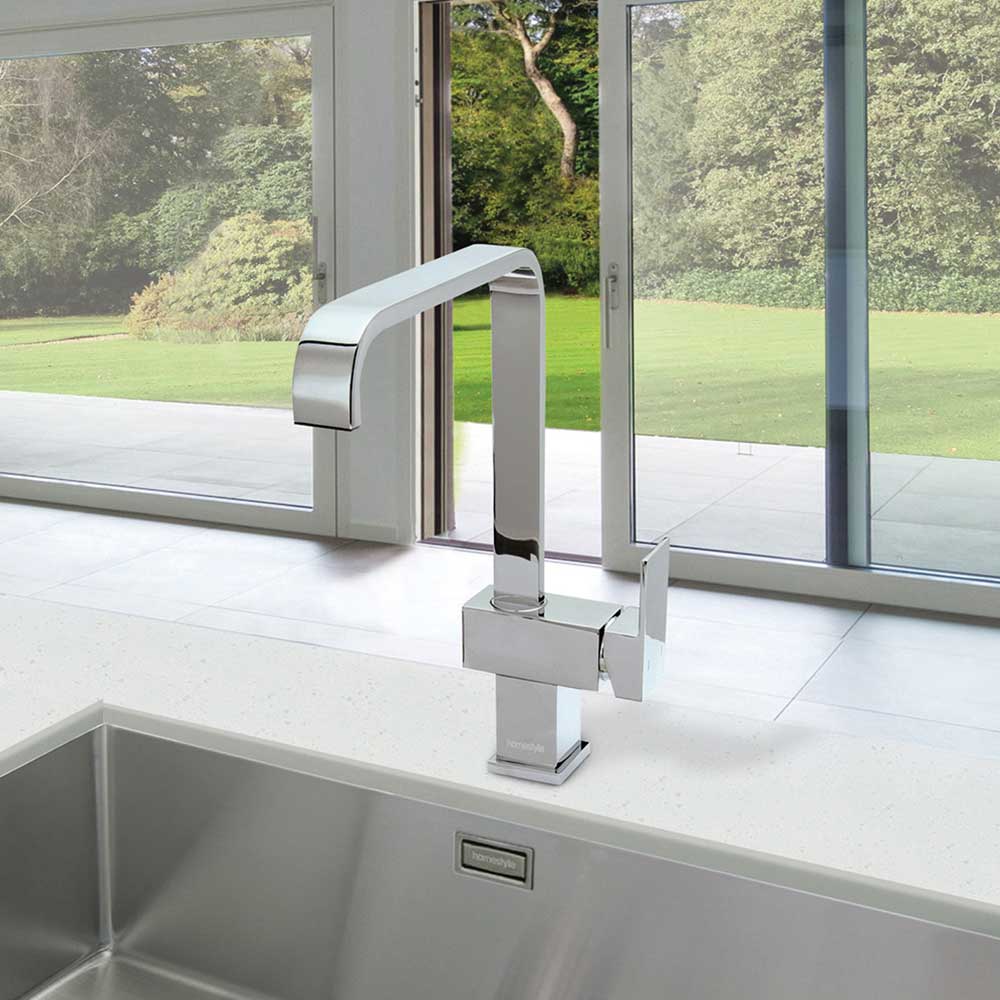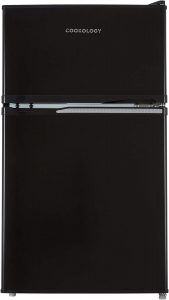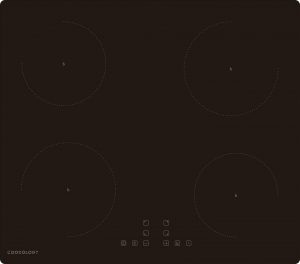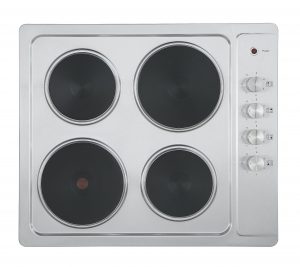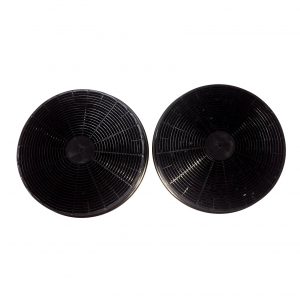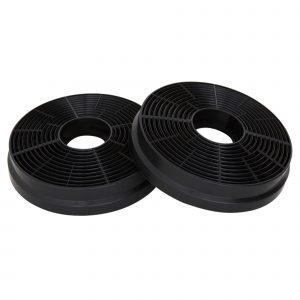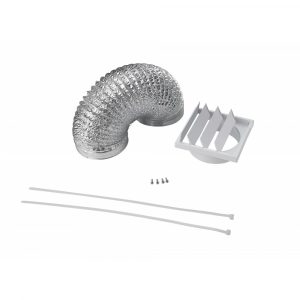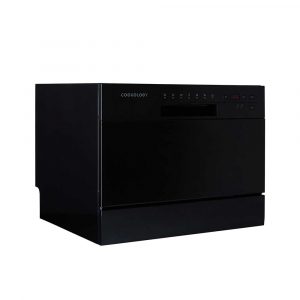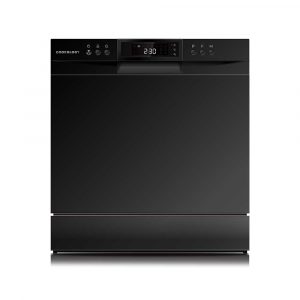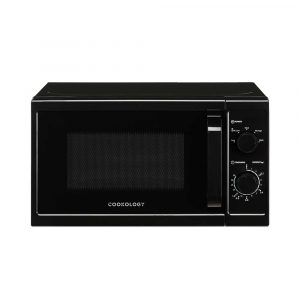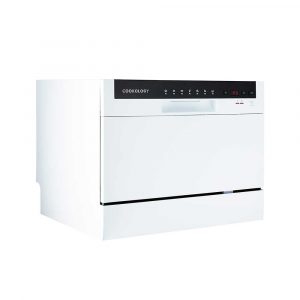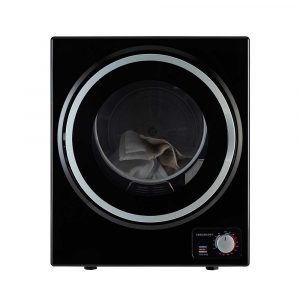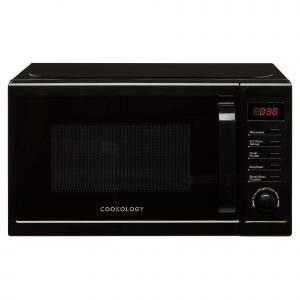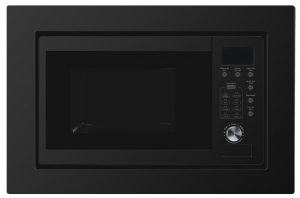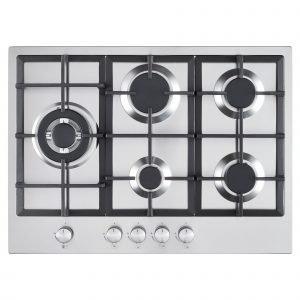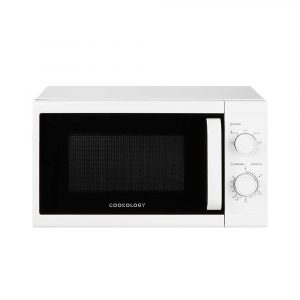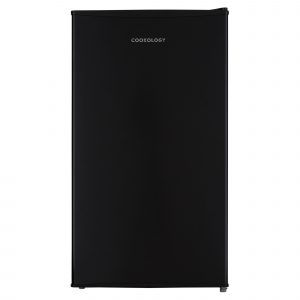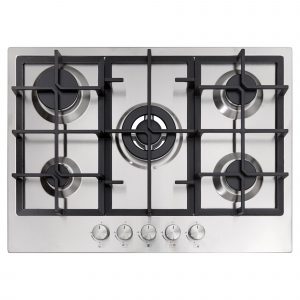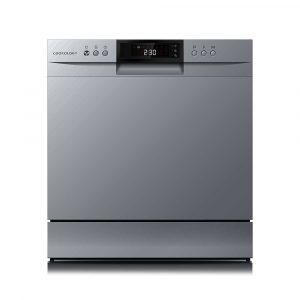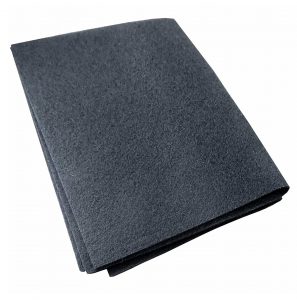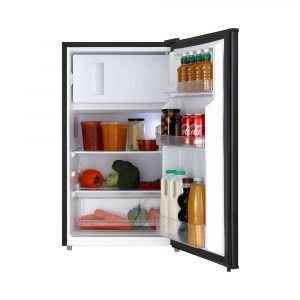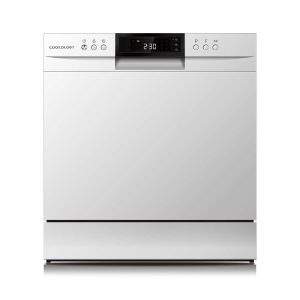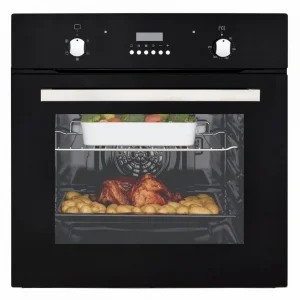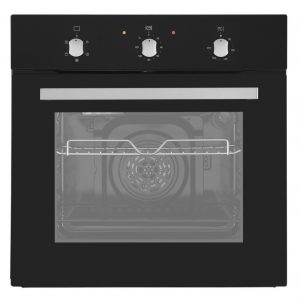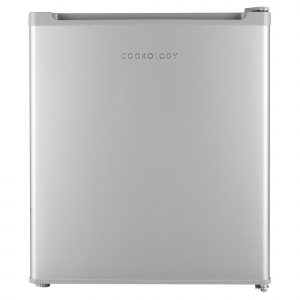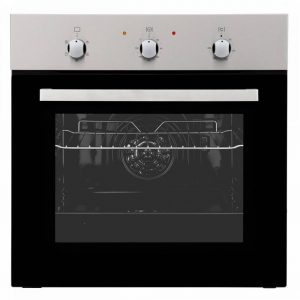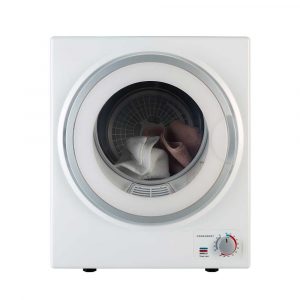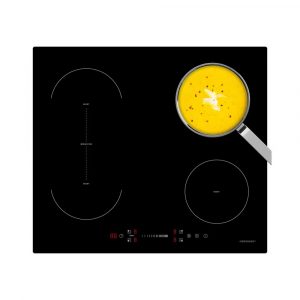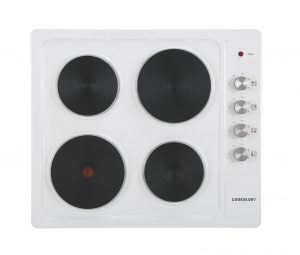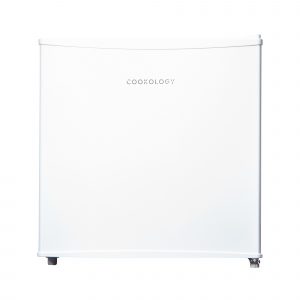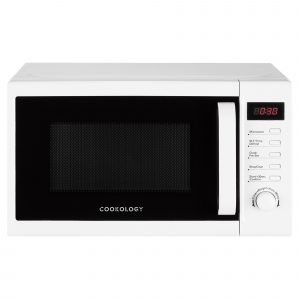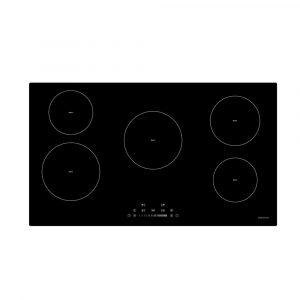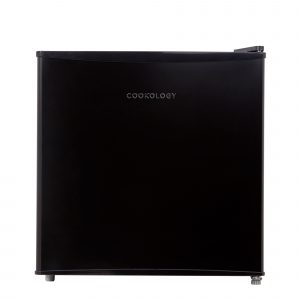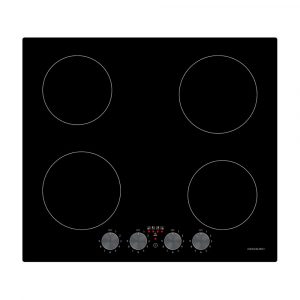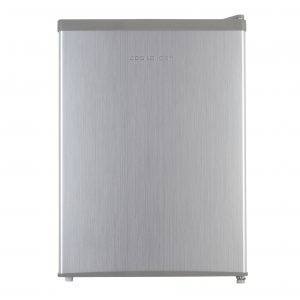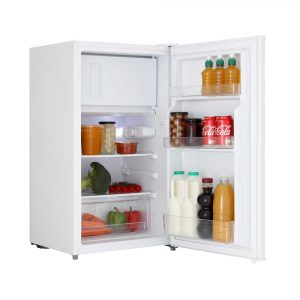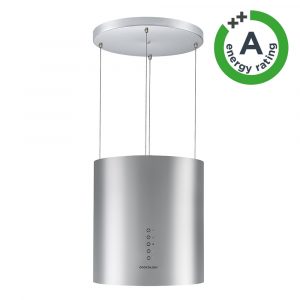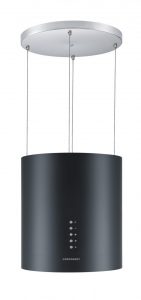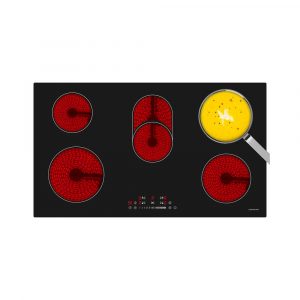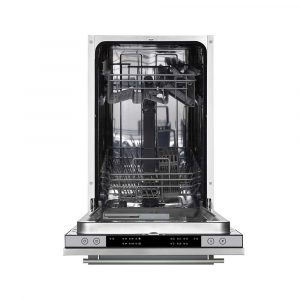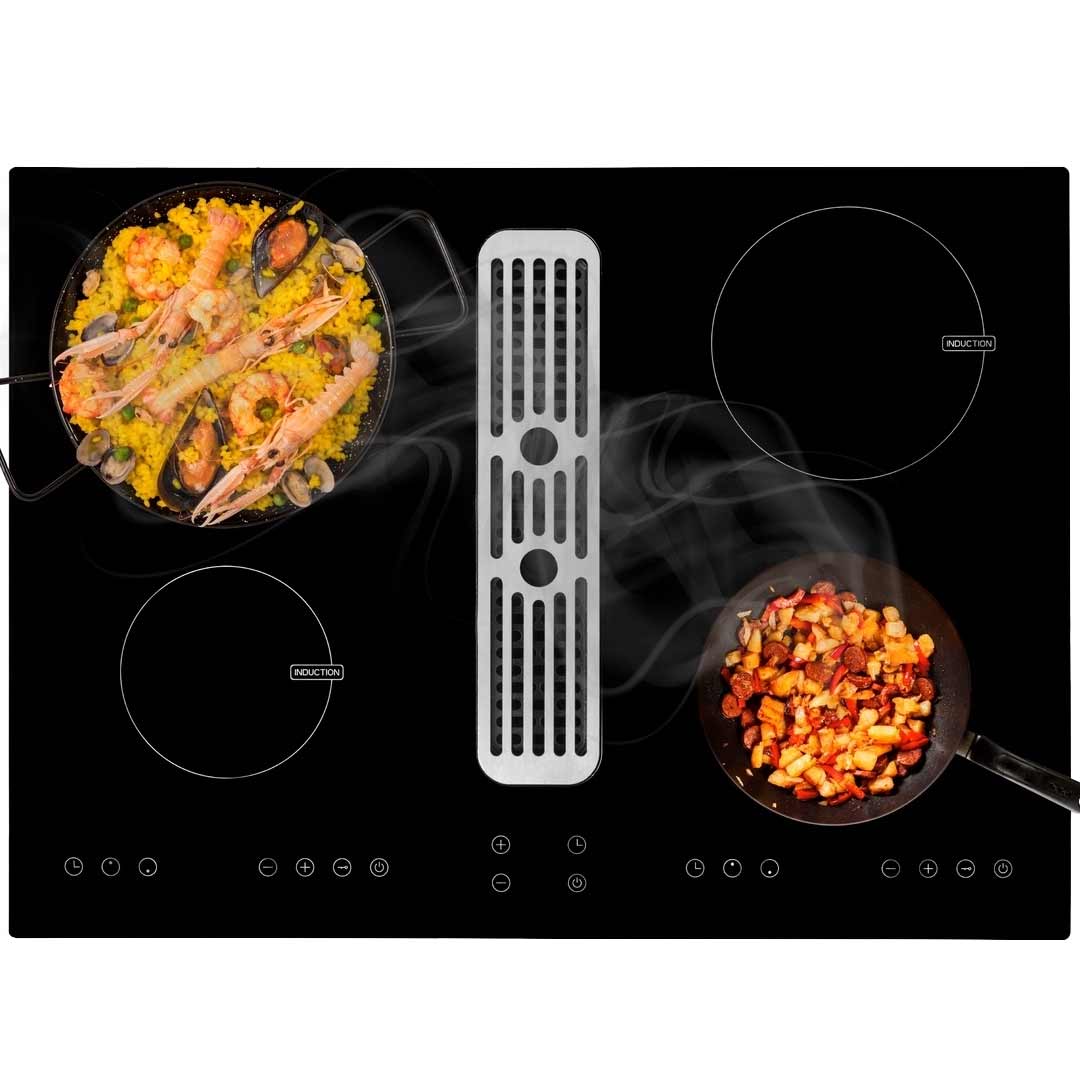House plants are all the rage in 2024, and for good reason. They can help elevate the look and feel of your home and give it a more tranquil, calming feel, for instance. They’re rewarding to grow. They often smell wonderful.
But the positives don’t end there: in many cases, house plants can offer tangible, practical benefits that improve our everyday lives. That brings us nicely onto herbs. If you choose to grow them in your kitchen, you’ll be able to enjoy not only the sight and smell of them, but the taste. Herbs can be added to all kinds of different dishes, enhancing their flavour and providing a wealth of health benefits at the same time.
So, kitchen house plants aren’t just a passing trend – they’re here to stay. To help you get started and begin enjoying all of the benefits that herbs have to offer, we’ve put together a comprehensive guide that explains everything you need to know. Below, we’ll not only offer some top tips on how to grow herbs in your kitchen, but run through a list of popular options that are both easy to grow and easy to cook with.
How do I grow herbs in my kitchen?
If you’re not already a houseplant connoisseur, the idea of growing your own herbs might seem a little daunting. Where do you begin? Well, growing herbs indoors is actually pretty simple; most of them aren’t particularly demanding to grow successfully, so you won’t need to worry about tending to them every hour of every day.
Here’s what you’ll need to think about in order to grow herbs successfully at home.
- Containers and drainage: Before you pick out any herbs, you need to get your hands on some suitable containers. You don’t need particularly large pots in order to grow herbs, but whichever container you choose must have adequate drainage. If it doesn’t, drill some holes in the base to ensure water can drain from the soil.
- Soil: You don’t need anything special – most herbs will grow quite happily in even the poorest of conditions. A regular, multipurpose compost will serve you well in most cases, though herbs that take longer to grow (like sage, rosemary and thyme) prefer loam-based composts.
- Placement and lighting: This is all-important. If your herbs don’t get enough light, they won’t grow – it’s that simple. Ideally, your plants should receive at least 8 hours of sunlight each day, but if that’s not possible, you can top this up with an artificial light source.
- Feeding and watering: What’s best here will depend on which herbs you choose, so make sure you do your research. Some herbs will need feeding earlier than others, although most herbs don’t need to be watered all that often – drier soil is preferable.
- Harvesting: Again, this stage will vary depending on which herbs you’re growing. Some can be harvested after just a few weeks, while others take longer to fully mature.
Which herbs should you choose?
So, onto the big question: which are the best plants for your kitchen? Below are just a few of our favourites. Each of them are pretty simple to grow and can be used in a whole host of different dishes, so take your pick!
Oregano
A staple of Italian and Greek cuisine, oregano is an absolute must-have if you’re into cooking. Instead of buying yours at the supermarket, why not grow it at home? You’ll be able to harvest fresh oregano once the plant reaches approximately 4 inches in height.
Basil
Another herb that’s commonly associated with Italian cuisine is basil, which is often added to sauces and soups to give them a distinctive, captivating flavour. Basil can be harvested multiple times and continue growing, making it a worthy choice for your kitchen.
Mint
Added to everything from desserts to fragrances, mint has an unmistakable aroma and is simple to grow and harvest; leaves can be removed at any time and added to your favourite dishes.
Sage
From homemade sage and onion stuffing to meat seasoning mixes and so much more, sage is another versatile herb that every cook should have in their arsenal. Harvesting is simple; just snip the leaves straight from the plant as and when you need them.
Coriander
A popular addition to curries and salads, coriander is widely used in Indian and Chinese cuisine. If it gets enough sunlight and is watered regularly, coriander should come back year after year.
Parsley
Often used as a garnish, or to add flavour to the likes of sauces, soups and salads, parsley is a relatively slow-growing herb. It’s an essential one nonetheless, and harvesting it couldn’t be easier: just pick leaves from the outermost parts of the plant and leave the innermost leaves to mature for a little longer.
Chives
Chives are part of the same plant family as onions, a fact that’s immediately obvious when they first hit your tongue. With a delicious, onion-like flavour, these versatile herbs can be found in everything from cream cheese to omelettes.
Rosemary
Rosemary is another relatively slow-growing plant, and requires plenty of sunlight in order to succeed. Your patience will be rewarded though; this popular herb can live for a number of years and is often used to season lamb dishes.
Thyme
Thyme is simple to grow, only requiring occasional watering. When it’s time to harvest, you can use thyme in a wide variety of dishes, from stews to soups, marinades and even pizzas.
Discover our range of kitchen appliances today
From air fryers – perfect for drying out fresh herbs – to ovens, hobs and everything in between, Cookology’s range of kitchen appliances has all your needs covered. Discover it online today and place your order, with free nominated day delivery included.

